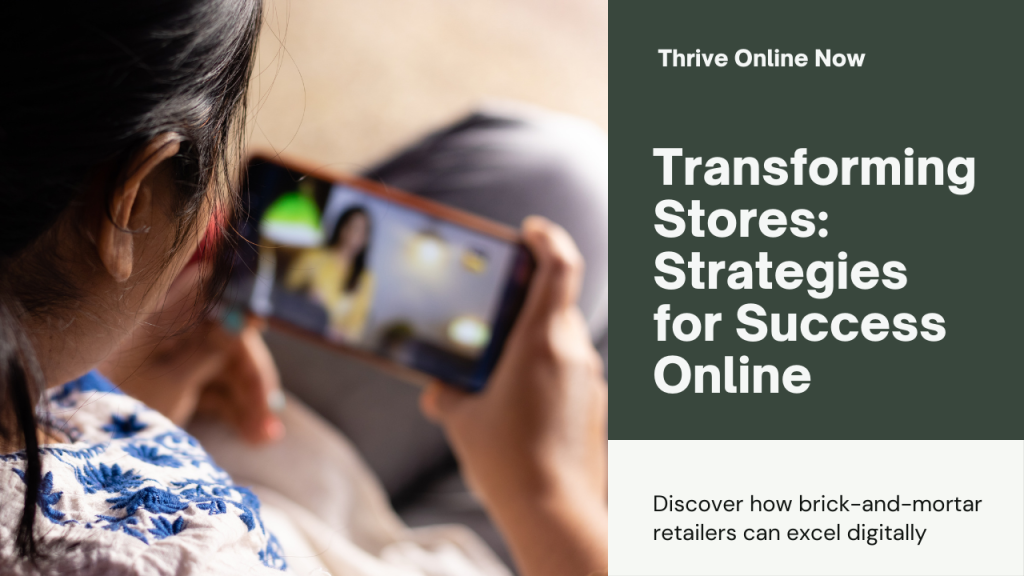The advent of e-commerce has transformed the retail landscape, presenting both challenges and opportunities for brick-and-mortar stores. While the rise of online shopping has undoubtedly impacted foot traffic and sales for traditional retailers, it has also opened up new avenues for reaching customers and driving growth. In today’s digital age, brick-and-mortar stores must adapt and evolve their strategies to remain competitive and thrive in the marketplace.
One effective strategy for brick-and-mortar stores to navigate the digital age is to embrace omnichannel retailing. Rather than viewing online and offline channels as separate entities, omnichannel retailing involves integrating these channels to create a seamless shopping experience for customers. By offering a consistent brand experience across multiple touchpoints, including physical stores, websites, mobile apps, and social media platforms, brick-and-mortar stores can meet the needs and preferences of today’s omnichannel consumers.
Furthermore, brick-and-mortar stores can leverage technology to enhance the in-store shopping experience and drive foot traffic. For example, implementing interactive displays, digital signage, and mobile checkout options can create a more engaging and convenient shopping experience for customers. By embracing technology, brick-and-mortar stores can differentiate themselves from online competitors and provide value-added services that encourage customers to visit their physical locations.
Moreover, brick-and-mortar stores can leverage data analytics to better understand their customers’ preferences and behaviors. By collecting and analyzing data from both online and offline channels, retailers can gain valuable insights into consumer trends, purchase patterns, and shopping habits. Armed with this information, brick-and-mortar stores can tailor their marketing efforts, merchandise assortment, and store layouts to better meet the needs and preferences of their target audience.
Additionally, brick-and-mortar stores can explore partnerships and collaborations with online retailers and digital platforms to expand their reach and attract new customers. Whether it’s partnering with e-commerce marketplaces, launching exclusive product lines, or hosting joint promotional events, collaborations can help brick-and-mortar stores tap into new markets and drive incremental sales.
In conclusion, while the rise of e-commerce poses challenges for brick-and-mortar stores, it also presents opportunities for innovation and growth. By embracing omnichannel retailing, leveraging technology, harnessing data analytics, and exploring partnerships, brick-and-mortar stores can thrive in the digital age and continue to serve as valuable destinations for consumers.


